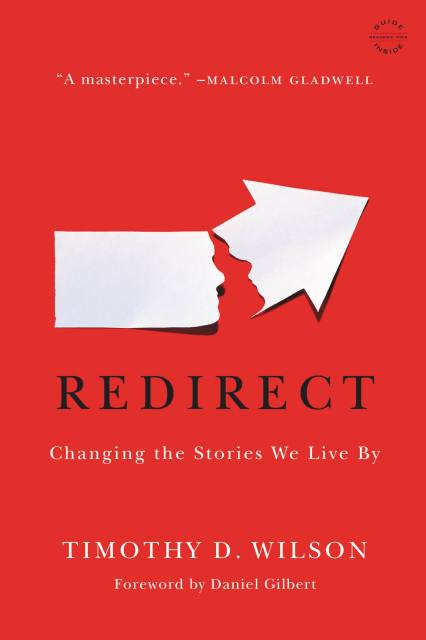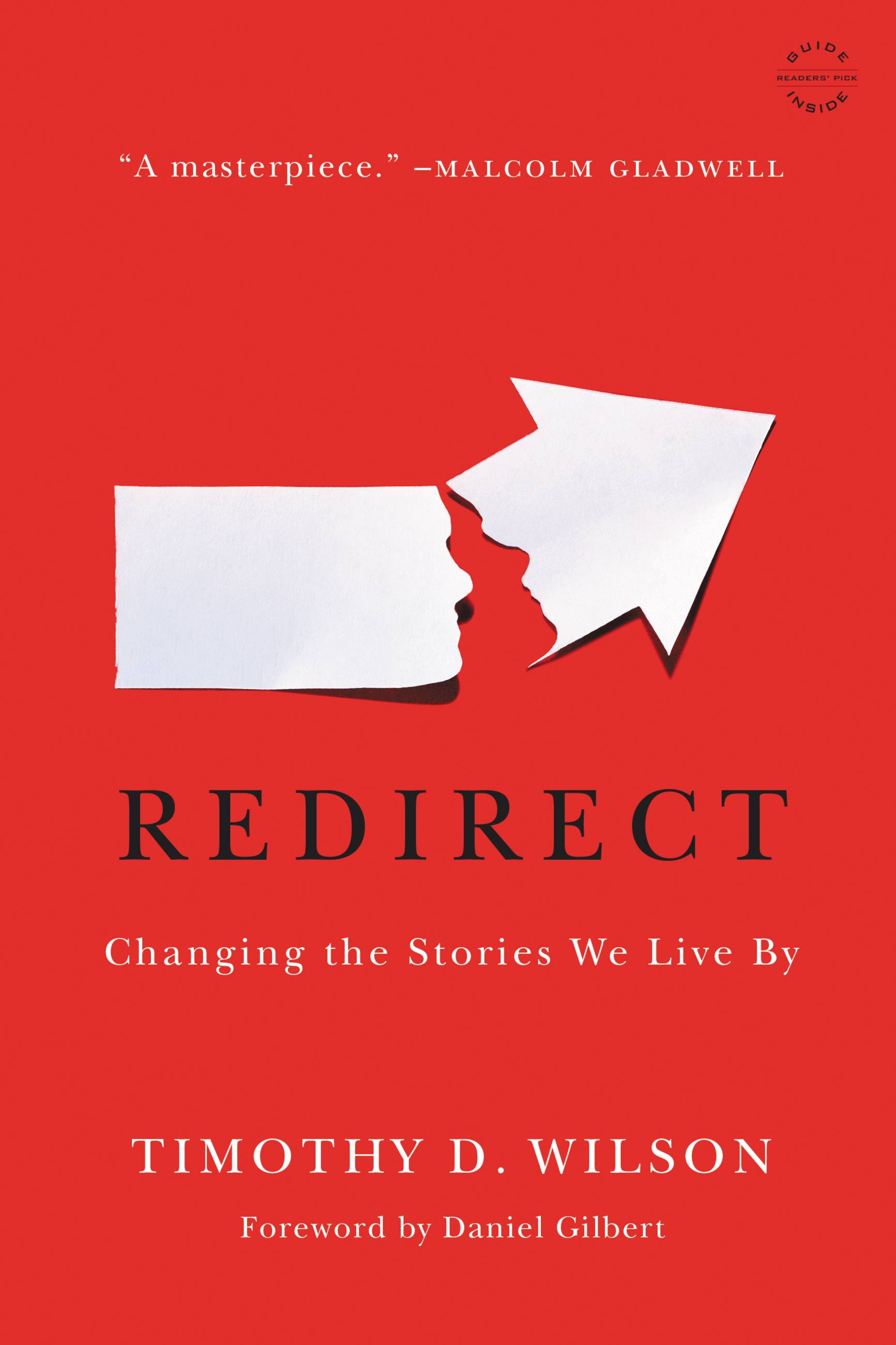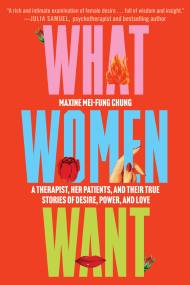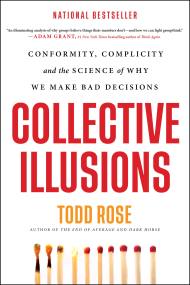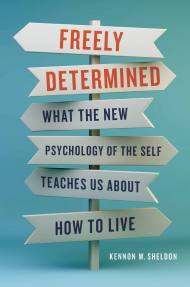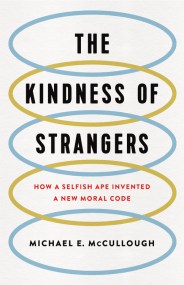Promotion
Free shipping on orders $45+ Shop Now.
Redirect
Changing the Stories We Live By
Contributors
Formats and Prices
Price
$9.99Price
$11.99 CADFormat
Format:
- ebook $9.99 $11.99 CAD
- Trade Paperback $19.99 $25.99 CAD
This item is a preorder. Your payment method will be charged immediately, and the product is expected to ship on or around September 8, 2011. This date is subject to change due to shipping delays beyond our control.
Also available from:
What if there were a magic pill that could make you happier, turn you into a better parent, solve a number of your teenager’s behavior problems, reduce racial prejudice, and close the achievement gap in education? There is no such pill, but story editing — the scientifically based approach described in Redirect — can accomplish all of this.
The world-renowned psychologist Timothy Wilson shows us how to redirect the stories we tell about ourselves and the world around us, with subtle prompts, in ways that lead to lasting change. Fascinating, groundbreaking, and practical, Redirect demonstrates the remarkable power small changes can have on the ways we see ourselves and our environment, and how we can use this in our everyday lives.
“There are few academics who write with as much grace and wisdom as Timothy Wilson. Redirect is a masterpiece.” — Malcolm Gladwell
The world-renowned psychologist Timothy Wilson shows us how to redirect the stories we tell about ourselves and the world around us, with subtle prompts, in ways that lead to lasting change. Fascinating, groundbreaking, and practical, Redirect demonstrates the remarkable power small changes can have on the ways we see ourselves and our environment, and how we can use this in our everyday lives.
“There are few academics who write with as much grace and wisdom as Timothy Wilson. Redirect is a masterpiece.” — Malcolm Gladwell
Genre:
- On Sale
- Sep 8, 2011
- Page Count
- 288 pages
- Publisher
- Little Brown Spark
- ISBN-13
- 9780316192071
Newsletter Signup
By clicking ‘Sign Up,’ I acknowledge that I have read and agree to Hachette Book Group’s Privacy Policy and Terms of Use
